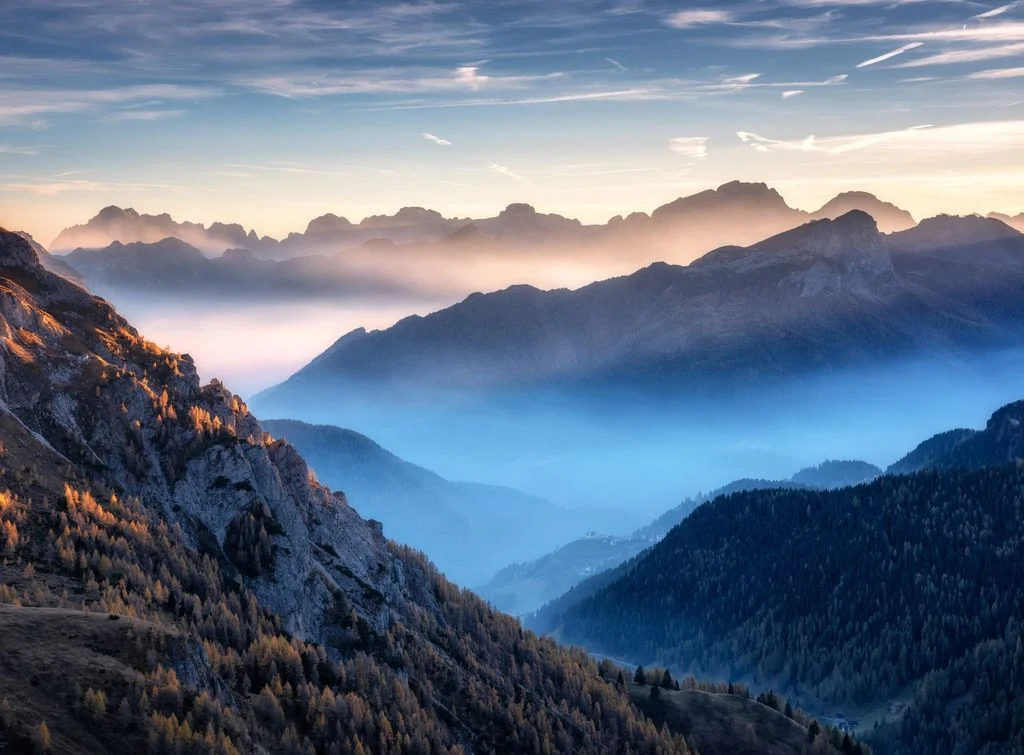When the mountains turn white, it's time to swap your hiking boots for snowshoes and dust off your skis. Activities such as ski mountaineering, alpine skiing and off-piste skiing are among the most popular this time of year. However, winter also brings new challenges and greater risk. Therefore, you must always adapt your activity to the snow conditions and your knowledge and experience.
Although you should always check the weather forecast before heading out into the mountains, in winter this is doubly important, especially in particularly snowy regions like Andorra. During winter, temperature changes can put you at greater risk while in the mountains, so make sure to check the snow conditions and avalanche risk through official sources before planning any activity.
Avalanches are one of the main risks faced by those who venture off the trails to explore the mountains. So, if you are a freerider or mountaineer, always carry the necessary safety equipment: avalanche transceivers, shovel and probe. Plan your route according to the avalanche risk areas and snow conditions. Along the route, pay attention to the snowfall, wind, rain and heat. In case of heat, especially in the spring, avoid heading out during the sunniest hours of the day, which is when slush flow is more likely to occur.
It is always recommendable to go as a group when doing sport or heading out on an outing, and if you don't have sufficient experience, you can hire an expert guide to ensure that you enjoy your day to the fullest and in complete safety.








-min)



